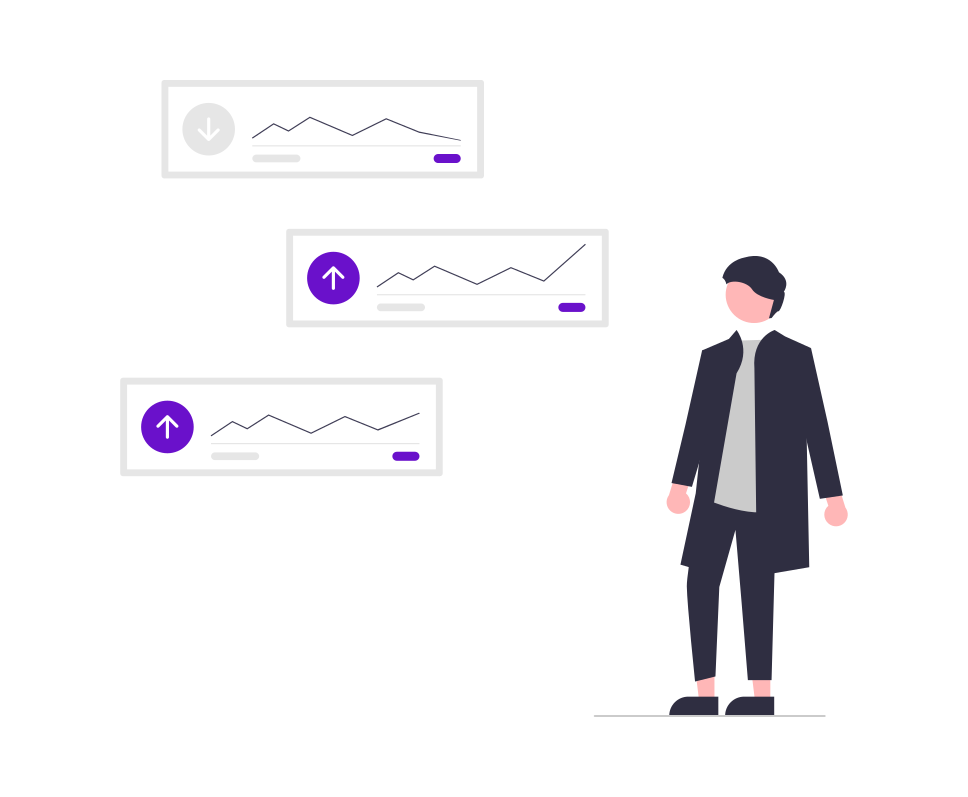In the world of B2B marketing, staying ahead of the curve is essential. One approach gaining traction is the use of predictive analytics to bolster account-based marketing (ABM) strategies. Predictive analytics enables businesses to anticipate future trends, understand customer behavior, and optimize their marketing efforts. Here’s a closer look at how integrating predictive analytics can transform your ABM initiatives.
The Role of Predictive Analytics in ABM
Predictive analytics uses historical data, machine learning, and statistical algorithms to forecast future outcomes. When applied to ABM, it provides actionable insights that can refine targeting, personalize messaging, and improve overall campaign effectiveness.
Key Benefits of Predictive Analytics in ABM
-
Enhanced Targeting
- Predictive analytics helps identify high-value accounts by analyzing patterns and trends in your data. This ensures that marketing efforts are focused on the most promising leads, increasing the chances of conversion.
-
Personalized Messaging
- By understanding the needs and behaviors of target accounts, predictive analytics allows for the creation of highly personalized content and messaging. This personalization increases engagement and builds stronger relationships with potential clients.
-
Optimized Campaigns
- Predictive analytics can identify which strategies are likely to succeed, enabling marketers to optimize their campaigns for maximum impact. This leads to more efficient use of resources and higher ROI.
-
Improved Sales Forecasting
- Integrating predictive analytics with ABM provides accurate sales forecasts, helping businesses plan better and allocate resources more effectively. This reduces uncertainty and enhances strategic planning.
-
Risk Mitigation
- Predictive analytics can identify potential risks and challenges in your ABM strategies, allowing you to address them proactively. This minimizes the impact of unforeseen issues and ensures smoother campaign execution.
Implementing Predictive Analytics in ABM
Step 1: Data Collection and Integration
The foundation of predictive analytics is data. Collect data from various sources such as CRM systems, website analytics, and social media platforms. Integrate this data to create a comprehensive view of your target accounts.
Step 2: Data Analysis and Modeling
Use machine learning algorithms and statistical models to analyze the collected data. Identify patterns and trends that can inform your ABM strategies. These models will help predict future behaviors and outcomes.
Step 3: Insight Generation
Translate the analysis into actionable insights. Determine which accounts are most likely to convert, what content will resonate with them, and the optimal timing for engagement. These insights will guide your marketing efforts.
Step 4: Campaign Execution
Implement the insights into your ABM campaigns. Create personalized content, tailor your messaging, and optimize your outreach strategies based on the predictive analytics findings.
Step 5: Monitoring and Optimization
Continuously monitor the performance of your ABM campaigns. Use predictive analytics to assess the effectiveness of your strategies and make data-driven adjustments as needed. This ensures that your campaigns remain relevant and impactful.
Future Trends in Predictive Analytics and ABM
The integration of predictive analytics and ABM is continuously evolving. Future trends may include:
- AI-Driven Insights: The use of artificial intelligence to provide deeper and more accurate insights.
- Real-Time Analytics: The ability to analyze data and adjust strategies in real-time, providing immediate benefits.
- Enhanced Personalization: More sophisticated personalization techniques, driven by advanced predictive models.
- Greater Integration: Seamless integration of predictive analytics with other marketing technologies and platforms.
Conclusion
Leveraging predictive analytics in your ABM strategies can significantly enhance your marketing efforts. By focusing on high-value accounts, personalizing messaging, optimizing campaigns, improving sales forecasting, and mitigating risks, predictive analytics offers a comprehensive approach to achieving better business outcomes. Embrace this powerful tool to stay ahead in the competitive B2B landscape and drive your marketing success.


